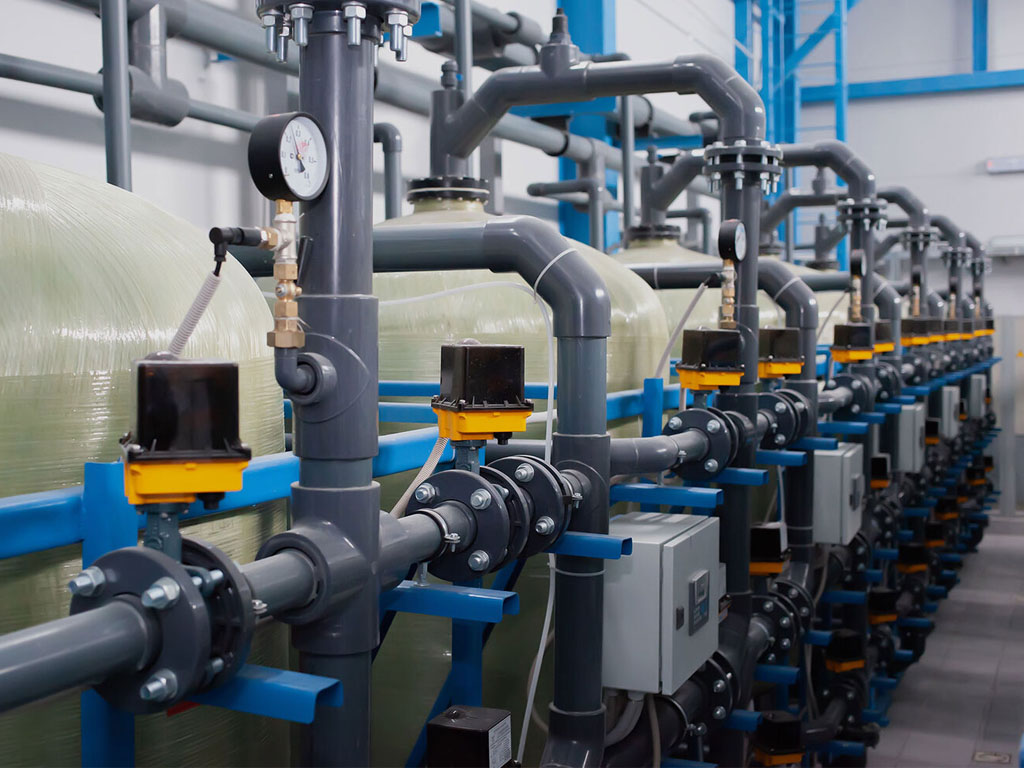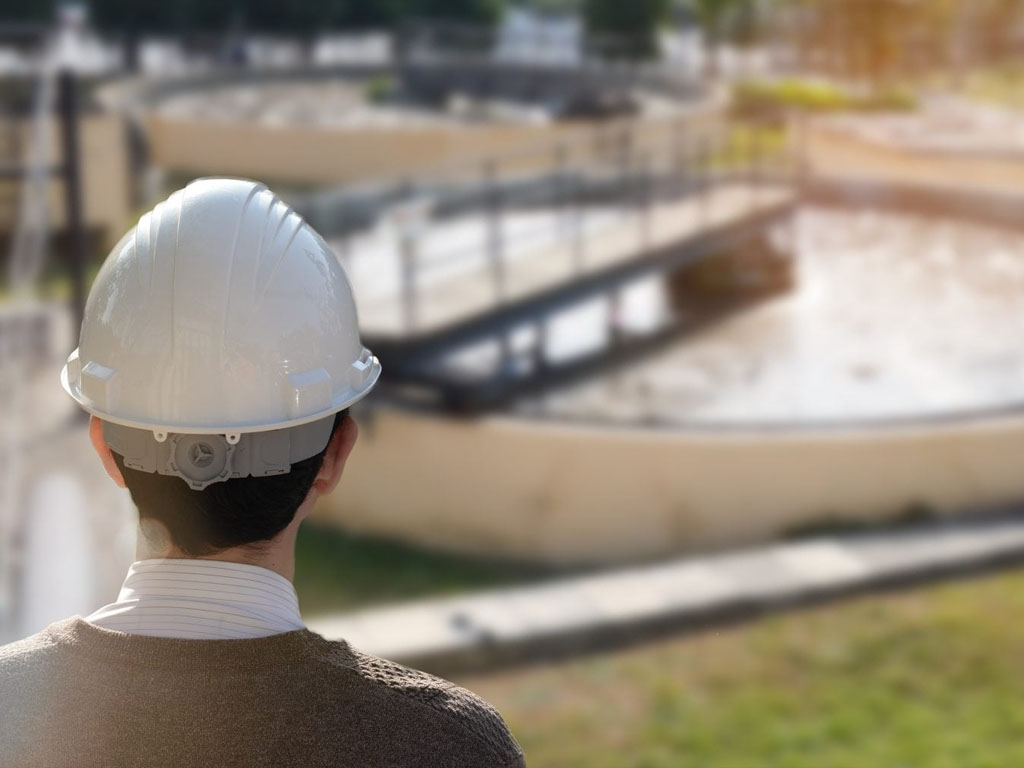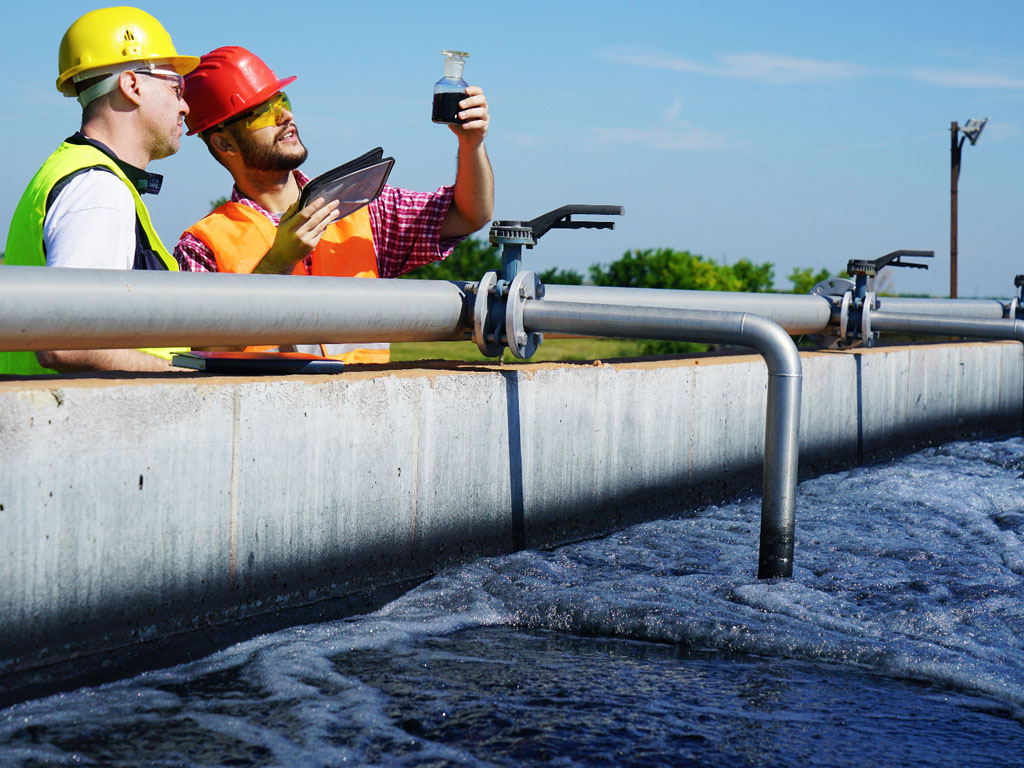Water and wastewater testing
Testing of water and wastewater is necessary to ensure proper protection of water resources against various types of pollution. Depending on the type of water being tested, specific tests are necessary – which are regulated in the standards of the Sanitary and Epidemiological Station (PSSE and WSEE). They concern, among others: drinking water, swimming pool water, water in open baths, water from surface intakes, water for food purposes (e.g. mineral or spring water). Water monitoring is also carried out due to hygienic requirements established by the Polish National Institute of Hygiene.
In order to test water and sewage effectively and correctly, it is necessary to do it periodically – the frequency of tests is specified by the regulations of the Minister of Health.
For example – a review monitoring should be carried out at least once a year, and if such a test applies to water used by companies operating in different industries – the frequency of testing is determined in accordance with specific guidelines that allow to determine the physicochemical and microbiological status of the tested water material. Regardless of the requirements set by the applicable regulations, water testing is recommended when:
- water is not clear, its taste indicates the activity of pathogenic phenomena, has an unpleasant odor,
- allergic reactions occur after using water,
- leaves rusty marks and tarnish in installations.
The tests are carried out in accordance with specific parameters: physicochemical, microbiological, depending on the type of water sample (water supply, swimming pool, in contact with various industrial installations, etc.). In case of tests carried out for companies, we perform tests of industrial, technological, cooling and boiler water. Each time, water should be characterized by specific features: clarity, absence of suspended solids, water should not contain substances having a negative impact on the operation of installations and equipment (e.g. corrosive agents) and should not contain gases.
Our company carries out tests for companies operating in various industries, which need to use water in accordance with their technological requirements (e.g. food industry, pharmaceutical or chemical industry).
Scope of water testing
Such tests are carried out in various scopes: short, extended and full tests (depending on obligatory and optional guidelines submitted by our company clients) and special tests (in case of companies operating in niche industries and needing special “water conditions”). As far as companies are concerned, these are usually at least extended level tests. Full testing determines both the physical and chemical properties of water (including carbon dioxide, hydrogen sulfide, lead, cyanide, fluoride, phosphate, dissolved oxygen, surfactants, phenol, and other elements and compounds). Full tests also determine the radioactivity level of water sample.
Also important for maintaining adequate parameters of industrial (and other) water is proper testing of wastewater, i.e. polluted, used water, but also water originating from atmospheric precipitation, the common feature of which is that they negatively affect water quality, beneficial flora and fauna, and constitute a “good environment” for the development of microorganisms and compounds that may pose an epidemiological threat, reducing the use value of water (for various purposes: food, industrial, agricultural, recreational, etc.).
The composition of wastewater varies and depends on many factors, such as the environment in which it is generated, degree of industrialization, type of production carried out, period of the year, type of installations with which the water comes into contact, efficiency of the equipment and systems used to treat the wastewater.
The greatest challenge for water resources are organic compounds found in wastewater, which undergo a rapid decomposition process, and consequently – they quickly oxidize and “deprive” water of significant oxygen resources. Particularly problematic are compounds showing considerable toxicity (e.g. pesticides), which have a degrading effect not only on the condition of water but also on its self-cleaning potential. The problem is also too high salinity and acidification of water – these resources are a serious problem in the process of water treatment, as well as pathogenic microorganisms present in wastewater.
We can’t forget about radioactive substances. Specific features of wastewater allow us to distinguish their basic groups.
The following can be distinguished:
- Domestic Wastewater (one of the most common, “produced” by households, among others, can pose a serious epidemiological threat when it enters the water supply, is turbid, contains many pathogens such as bacteria and viruses).
- Industrial Wastewater. Due to the variety of technological processes associated with different industries, it is difficult to determine the typical composition of this type of wastewater. They may contain pathogenic organic compounds as well as toxins (e.g. cyanides), many metals and salts (usually lead, cadmium, chromium) which in turn affect the efficiency of water treatment equipment. Wastewater treatment plants can also be challenged by compounds that impede the proper operation of treatment systems (certain bases or acids).
- Municipal Wastewater. A sort of “mix” of domestic and industrial wastewater typical of cities.
- Precipitation Wastewater. They may contain many dangerous substances, e.g. pesticides, found in rainwater. However, the pollutants enter the atmosphere as a result of human activity – emissions from industrial plants, intensity of road and air transport.
- Radioactive Sewage. Particularly dangerous, thus it is necessary to carry out constant control of the sources that can produce them and introduce them into the water cycle. The rules for controlling this type of effluent are particularly stringent.
Wastewater testing is based primarily on the determination of the so-called dry residue, which determines the total amount of contaminants in the sample. The dry residue is nothing more than the substance remaining after the wastewater sample is evaporated and dried. Properly conducted wastewater testing allows to evaluate its composition and to select the optimum treatment method, as well as to verify the effectiveness of applied method.







